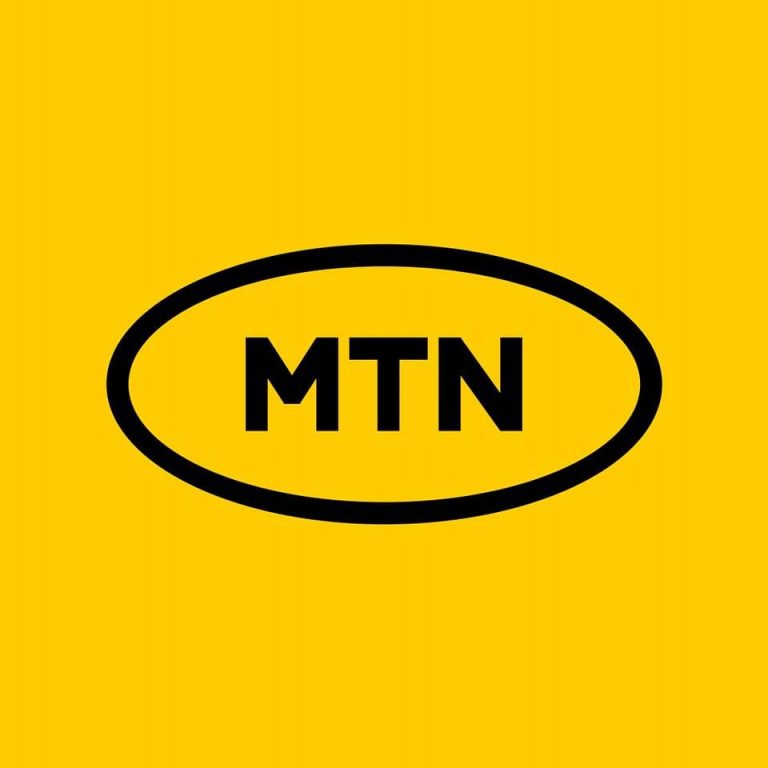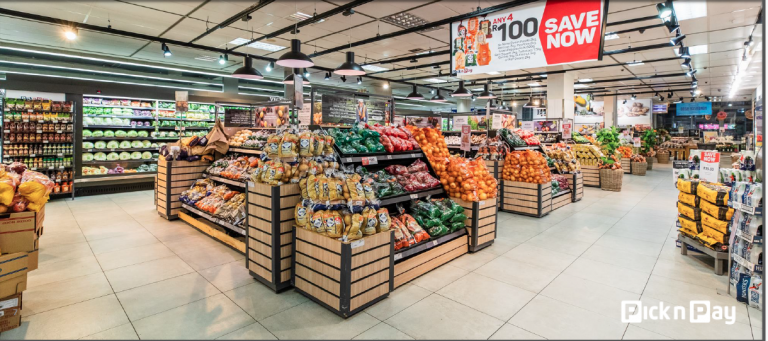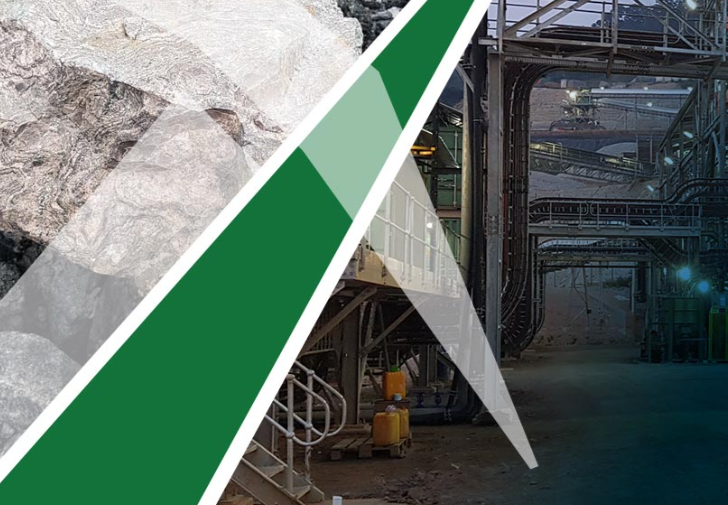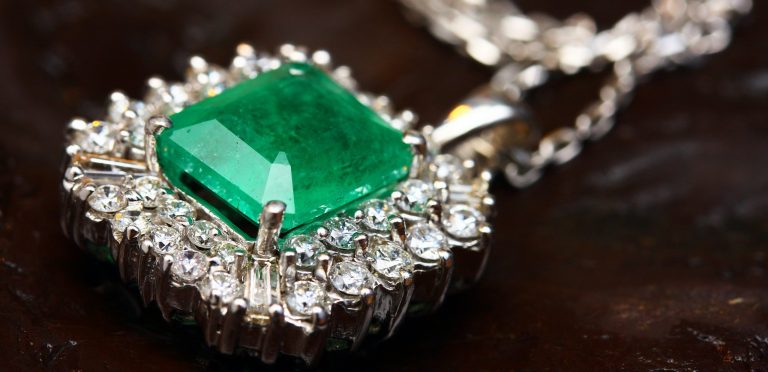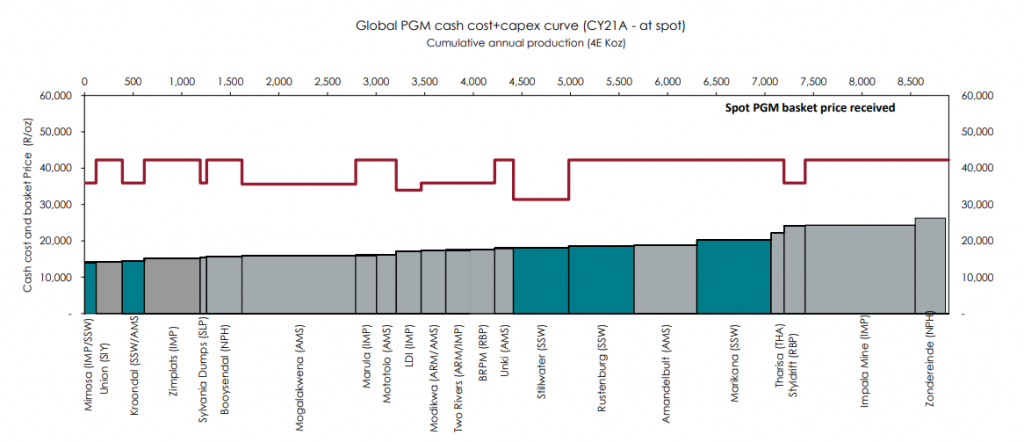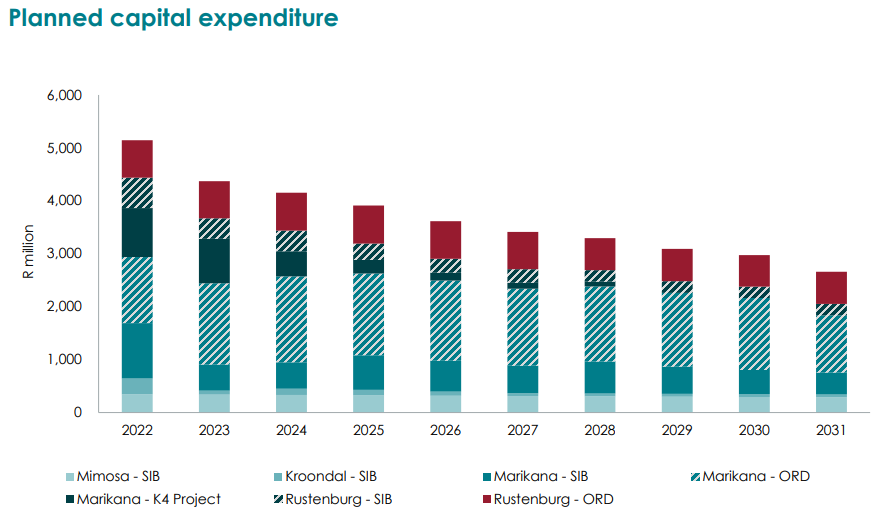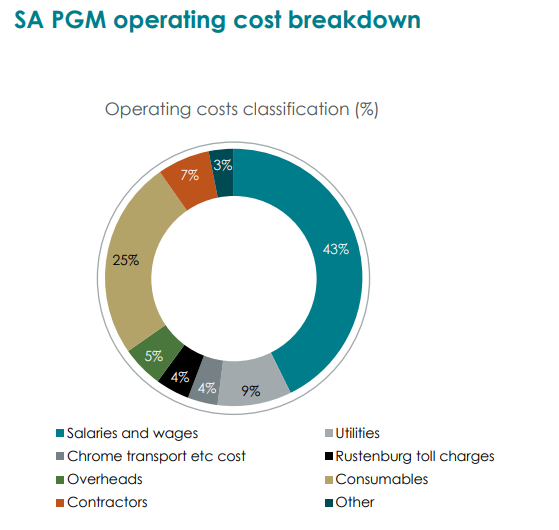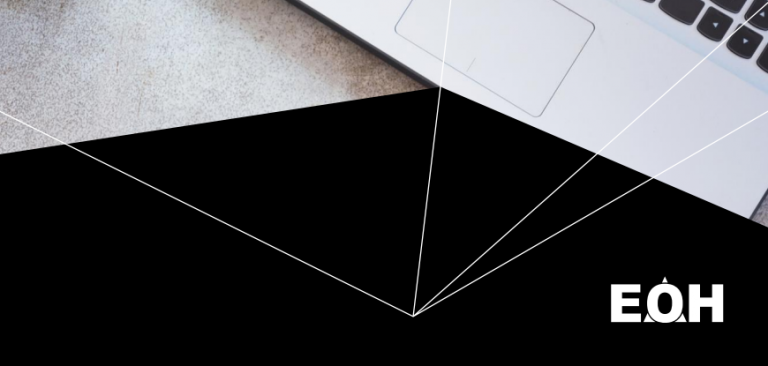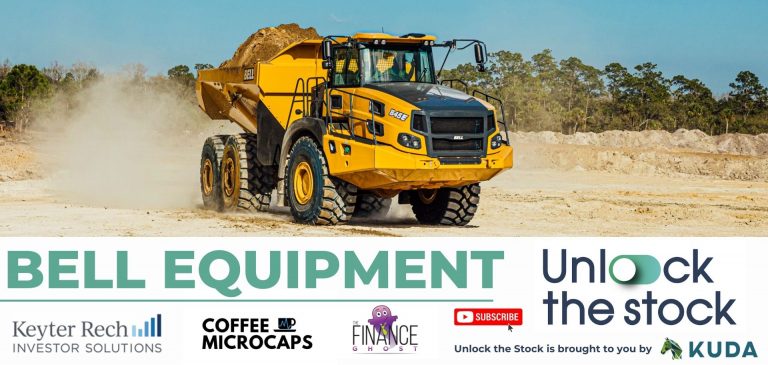You’re familiar with the saying “the bane of my life” but you may not be aware that the opposite is a “boon” – and recently appointed Pick n Pay CEO Pieter Boone seems to be enjoying his early days with the company, as the latest results look pretty good. His surname is different by one letter (and some Dutch pronunciation), but the resemblance appears to be apt.
Pick n Pay closed over 6% higher after releasing a trading update for the 52-week period ended 27 February 2022. Many retailers report based on weeks rather than calendar months, so the end of the period can be on a strange-looking day.
Pick n Pay is the closest competitor to Shoprite in terms of having a wide footprint that caters to all LSMs. There are formats ranging from hypermarkets at one end to forecourt convenience stores at the other. Pick n Pay also has an excellent and fast-growing clothing business (up 21% in this period and 11.7% on a two-year CAGR) and has seen great success in the Boxer format. Checkers gets all the credit for Sixty60 but Pick n Pay’s online offer (ASAP! and the traditional online formats) has achieved a two-year CAGR of 72.5%.
The share price story over the past year gives a clear indication of where the action has been. Pick n Pay is down 1.3% and Shoprite is up nearly 58%. This would’ve been a textbook example of a pairs trade, where you take a long view on one stock and a short view on the other. In a trade like that, you short the “loser” to fund the long position that you take on the “winner” – and if you get it the right way around, you make a huge return. Get it wrong and the opposite applies of course!
In this 52-week period, group sales increased 5.2%. The South African business achieved sales growth of 5.1% and like-for-like sales were up 4.4%, so new stores growth was 0.7% (there were 138 new stores opened in this period).
Internal selling price inflation was 2.9%, so volume growth was 1.5% (selling price inflation growth + volume growth = like-for-like growth).
The Rest of Africa business performed nicely, with sales up 5.6% in ZAR and by 8.7% on a constant currency basis.
In an unusual step, Pick n Pay has disclosed its group sales growth in each quarter of the year. Whenever companies bring in new disclosure like this, it’s usually to tell a specific story. In this case, the story relates to revenue cadence, which is the momentum in revenue growth by looking at quarterly growth numbers. Although they are year-on-year growth numbers, an increasing rate (positive cadence) tells you that things are picking up.
The growth rates were: Q1 +9.0%; Q2 -0.7%; Q3 +4.9%; Q4 +7.4%.
Q2 was hammered by the civil unrest and the loss of the liquor trade, so that was a horrible trading period. The market would’ve taken a lot of heart from Q1 and especially Q4, which I suspect helped the rally.
The R870 million in damage to stock and assets has been recovered from insurance. The estimated R1.8 billion of lost sales is still being dealt with as part of business interruption claims which remain open, with interim payments of R145 million received from insurers thus far. This interim payment couldn’t be recognised in earnings under accounting rules, so Pick n Pay has presented two sets of HEPS numbers.
Without adjustments for insurance and other items, diluted HEPS for the period should be between 245.71 and 268.46 cents, reflecting growth of between 8% and 18%. With the insurance recoveries included and with non-cash hyperinflation movements (related to the business in Zimbabwe) excluded, diluted HEPS is between 275.61 and 298.97 cents, growth of 18% to 28%.
Strategically, the company is planning to “differentiate” the stores which hopefully means continuing to improve the Select supermarkets that compete with Checkers’ FreshX formats. You don’t have to ask too many friends before you find out that Checkers is winning that battle. Of course, it’s never too late for Pick n Pay to claw back some market share.
Ongoing price competitiveness will be assisted by a planned R3 billion in savings over the next three years with Project Future. This is an internal optimisation project aimed at slashing costs.
Unsurprisingly, the continued development of the Boxer business gets a mention as well. This is a great business by any measure.
There’s far more detail needed to make a proper assessment, as we have no information on gross margin for example until the full results are released. The narrative looks much better than it has for a while and the HEPS growth tells a story too, so perhaps Pick n Pay will start to close some of the gap to its competitors.
Having said that, it has been “expensive” for a long time, so don’t make the mistake of seeing this as a turnaround story on a cheap multiple. It certainly isn’t that.

